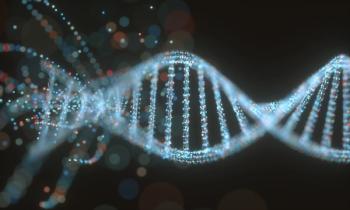
News: MRI and mammography for women at high risk for breast cancer
Combining MRI and mammography for women at high risk for breast cancer.
Combining contrast-enhanced MRI screening with mammography may make sense for women with a known or likely genetic predisposition to breast cancer, according to the findings of a systematic literature review.
Researchers from Canada reviewed 11 relevant, prospective, nonrandomized studies. They calculated negative likelihood ratios and the probability of a BI-RADS–suspicious lesion (given negative test findings and assuming a 2% pretest probability of disease) to be 0.70 (95% CI, 0.59–0.82) and 1.4% (95% CI, 1.2%–1.6%) for mammography alone and 0.14 (95% CI, 0.05–0.42) and 0.3% (95% CI, 0.1%–0.8%) for MRI plus mammography. A BI-RADS score of 4 or higher was used to define positive.
Given that women who possess autosomal-dominant mutations in BRCA1 or BRCA2 genes are at up to 85% greater lifetime risk for breast cancer than other women, the added sensitivity of the dual screening strategy may be well worth the added expense.
Newsletter
Get the latest clinical updates, case studies, and expert commentary in obstetric and gynecologic care. Sign up now to stay informed.











